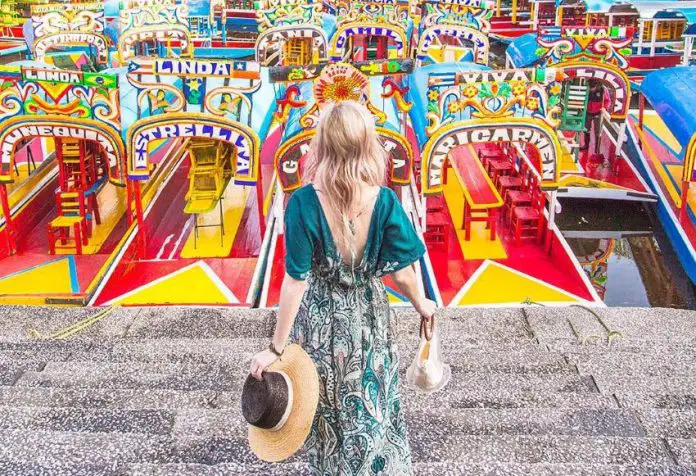My life in Mexico City consists of regularly dodging slews of tourists taking “candid” shots of each other in the most predictable places. Twenty-somethings dressed in trendy, oversized blazers and Ray-Bans with an iced coffee in one hand, gazing off into the distance in wonder, or (my personal favorite) laughing heartily over an undetected incident that occurs precisely the moment the flash goes off.
The backdrops are some of Mexico City’s finest — the Angel of Independence, the Museum of Fine Arts, the castle in Chapultepec Park. If you’re someone with a weak spot for Mexico, and I imagine you are, these landmarks are likely slathered all over your Instagram feed.
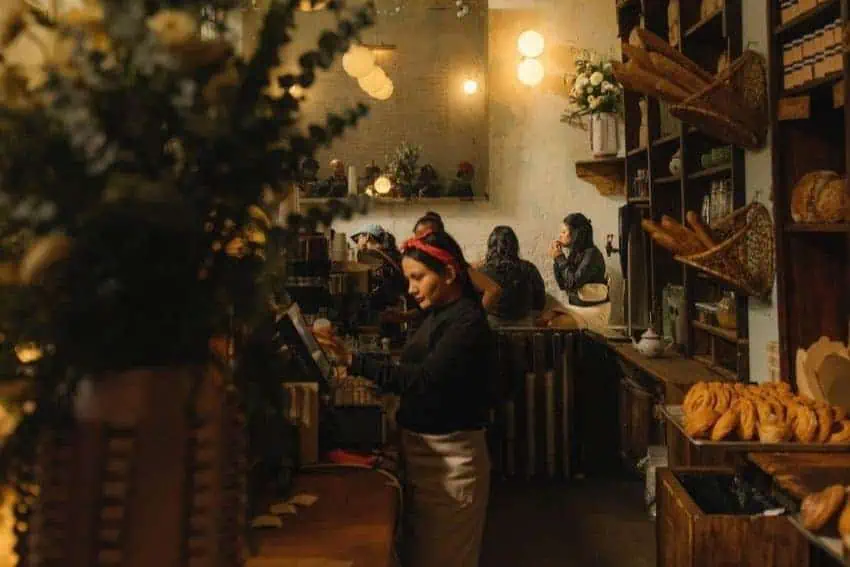
I’ll be the first to admit, Casa de los Azulejos in the historical center does make for an excellent picture. But (cue Carrie Bradshaw) I can’t help but wonder…how many of the models actually know what it is they’re taking a picture of?
While it’s appealing to avoid the photo shoots altogether, I encourage you to brave the selfie-stick wielding crowds and see the iconic sites anyway. Read on to find out why and how to capture them in a unique way.
Angel of Independence (El Ángel de la Independencia)

What is it: Let’s start with what it’s not: an angel. The statue is actually a representation of Nike, the Greek goddess of triumph. It was commissioned by Porfirio Diaz in 1902 for a whopping 2 million pesos to celebrate the centennial of Mexico’s independence from Spain in 1810.
It became a mausoleum until it fell in the earthquake of 1957. It was promptly rebuilt and is now the preferred scene for many quinceañera photo shoots.
Where to take a photo: Instead of the classic shot in the middle of Reforma, cars buzzing by at a frightening speed on either side of you, make a reservation at Restaurant Salazar. Aside from a fantastic photo of the “angel”, you’ll get the added bonus of fresh oysters and housemade sourdough bread.
The Museum of Fine Arts (Palacio de Bellas Artes)
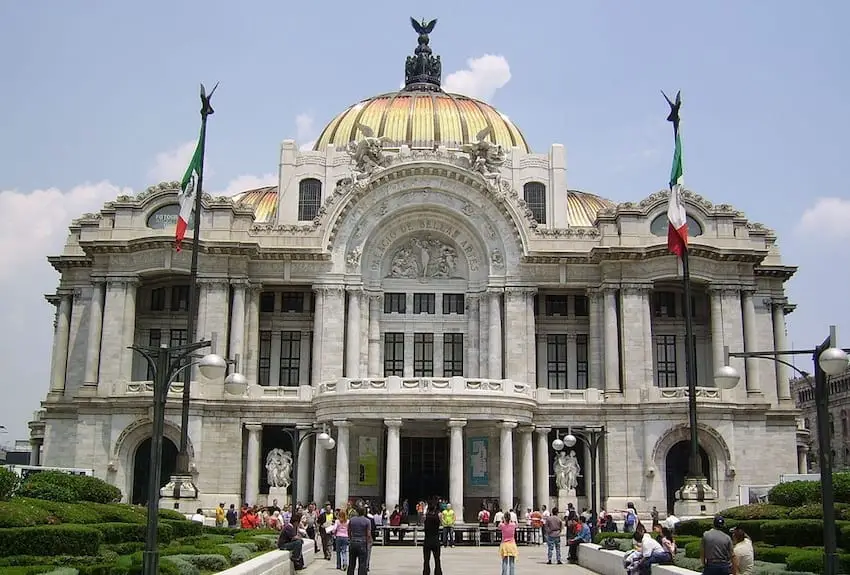
What is it: Another Porfirio-commissioned masterpiece, the building’s design and construction was to be completed by 1910. Many incidents plagued its advancement, including a sinking foundation and a lack of financing.
The revolution all but stopped the project entirely. After a decades-long hiatus, construction resumed and now showcases famous Mexican artists like Diego Rivera and David Alfaro Siqueiros.
Where to take your photo: Instead of the Art Nouveau cupola, book a ticket to see the Folkloric Ballet of Mexico. Arrive early to see the opera house, whose marble interior and iridescent stage drop make for an excellent background for your selfie.
Zócalo
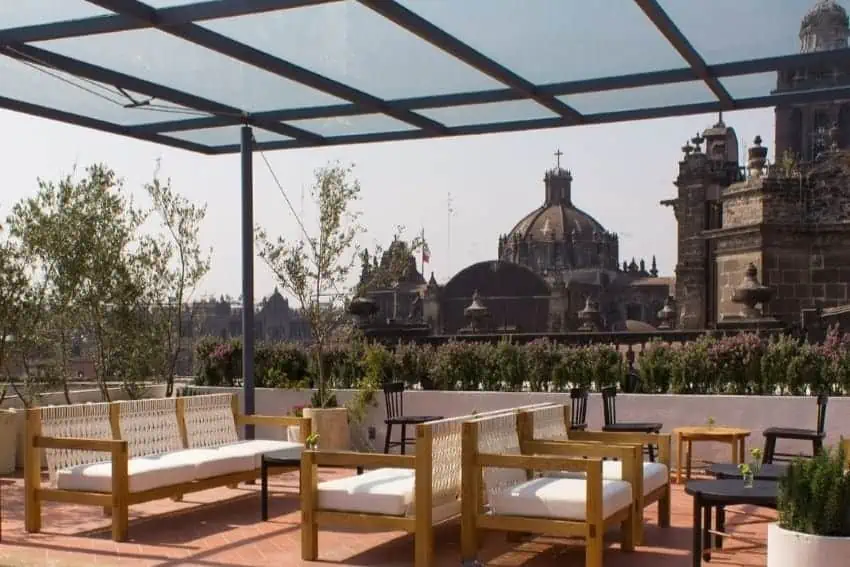
What is it: The third largest plaza…in the world. It dates back to Mexica (Aztec) times when it was the ceremonial temple of Tenochtitlan. According to local guide Fernando Acosta of Warrior Experiences, the Spanish renamed it Plaza de la Constitución. In the 19th Century, plans were made to build a statue here but construction was never finished past the base. The word for this plinth in Spanish is zócalo.
“Basically, it’s a nickname that stuck,” says Acosta. Even though the square is technically still Plaza de la Constitución, who says that anymore?
Where to take your photo: If you didn’t book a room at Circulo Mexicano, you can still meander your way up to the rooftop for a spicy margarita and a fantastic view. It’s situated just behind Catedral Metropolitana’s dome and adjacent to Templo Mayor, a juxtaposition that portrays the history of Mexico with succinct accuracy.
Frida Kahlo museum
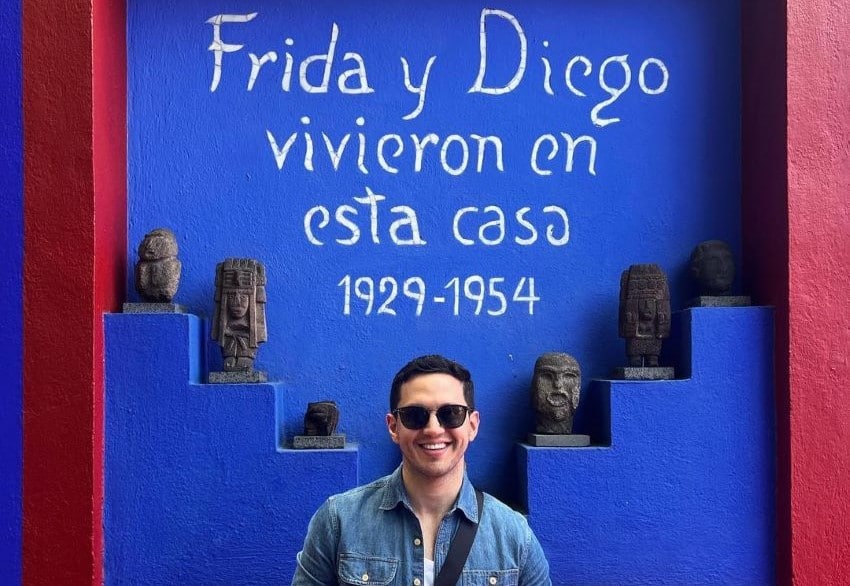
What is it: If the snaking line around the block is any indicator, Frida Kahlo’s bright blue house is on every tourist’s ‘must see’ list. The artist was born here in 1907, died here in 1954, and spent most of her life within its walls and peaceful gardens. Aside from her works, a visit gives you the chance to peek into her daily life, as her makeup is still intact in the bathroom and her paint kit in the studio.
Where to take your photo: Not here. Instead, head to San Ángel and visit the Diego Rivera and Frida Kahlo House and Studio Museum. The twin houses, his white and hers the same bright blue, are connected by a bridge and were the couple’s mutual abode for five years. You’ll still get a shot of that vibrant azul, without the crowds.
Trajineras at Xochimilco
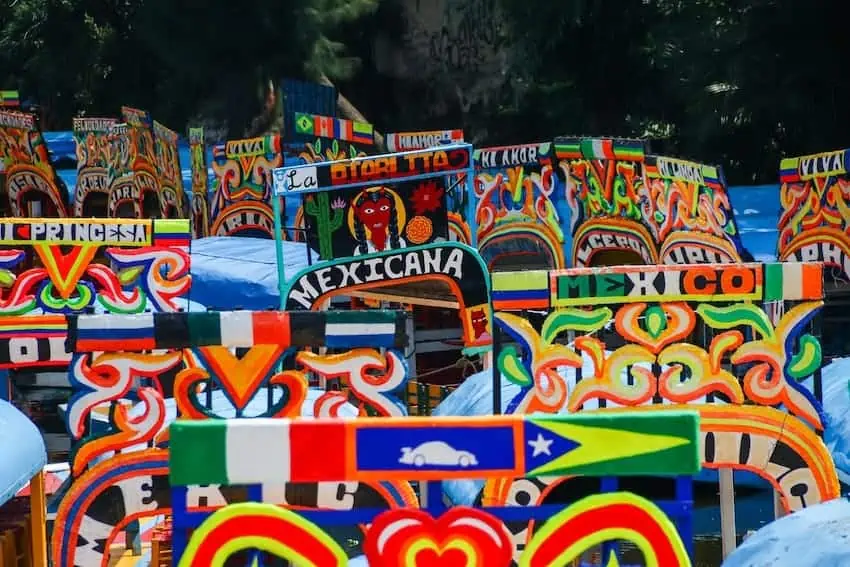
What is it: These rainbow-colored boats are frequented by visitors and locals looking for a fun, often debaucherous, afternoon of micheladas and mariachi bands. What they don’t realize is that they’re sailing through the very canals the Mexica used in the 15th century to transport fresh fruits and vegetables from “floating farms” to the golden capital of Tenochtitlan.
Today, these farms (known as chinampas) supply some of Mexico City’s top restaurants with produce — Pujol and Contramar to name a few.
Where to take your photo: In this case, it’s a question of when. The answer is before dawn. Sign up for a sunrise tour with ArcaTierra or Comunidad Routes n Roots and capture that magical, misty moment on the water that occurs when the sun just starts to rise.
Rosetta Bakery
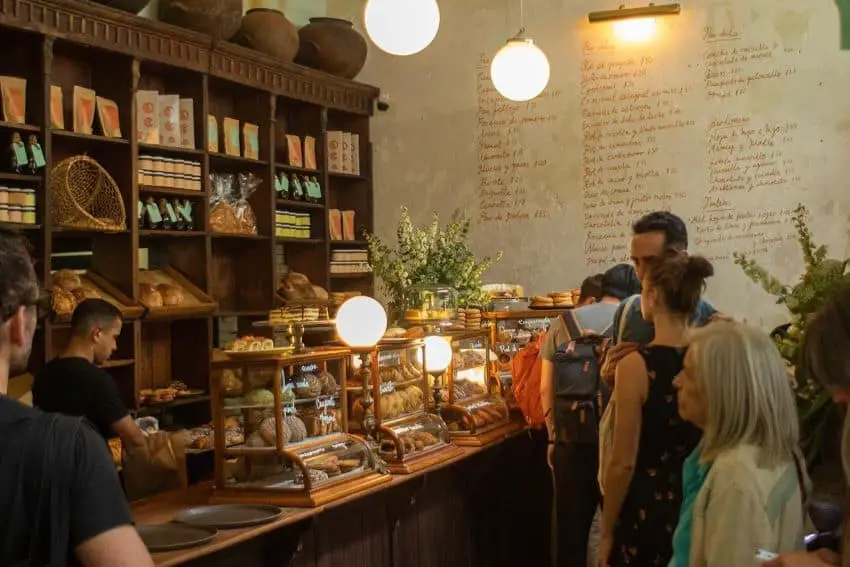
What is it: Odds are high that 14 separate gringos have told you that Rosetta’s pastries are the best. This is naturally a personal decision in which I will not interfere. Elena Reygadas has won multiple awards for her craft and spearheaded the support of Latin women in the restaurant industry, and indeed, her bread is something to experience.
Be forewarned, though, that there will be a long line of Instagram models waiting their turn to bite into a concha while idly flirting with the camera. If this feels more like L.A. than Mexico…
Where to take your photo: Go immediately to Pastelería Ideal. This iconic bakery was opened in 1927 and has hundreds, if not thousands, of fresh-baked pastries on display. There are racks and racks of goodies including cakes, muffins, croissants, sandwiches, even jello! Photos are useless here, because this sugary wonderland screams video content.
Parque Rio de Janeiro
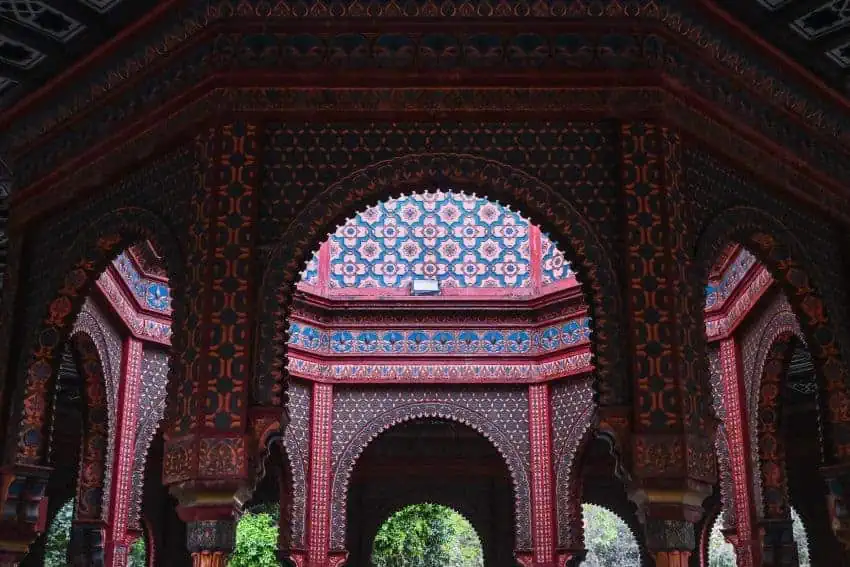
What is it: Speaking of pastries, a friend of mine and I have a joke. Wherever we see an uncommonly large gathering of gringos, we blame it on the New York Times. At some point, an NYT travel writer must have suggested that visitors to Mexico City buy a pastry at Rosetta Panaderia and eat it on a bench in Parque Rio de Janeiro, because that’s what they all seem to do.
Known for the large statue of Michaelangelo’s David, what you may not know nearby Edificio Rio de Janeiro is where the name came from. It’s called la casa de las brujas (the witch house), for its roof that resembles a witch’s pointy hat and for mysterious figures that appear in the windows — and is reputedly one of Mexico City’s most haunted houses.
Where to take your photo: If you want to sit in a beautiful square with an equally-good-if-not-better pastry surrounded by locals instead of tourists, go to the Moroccan kiosk in Colonia Santa Maria la Ribera. What it lacks in supernatural activity is made up for in ambiance and is a great place to immerse yourself in an authentic Mexico City neighborhood.
House of Tiles (Casa de los azulejos)
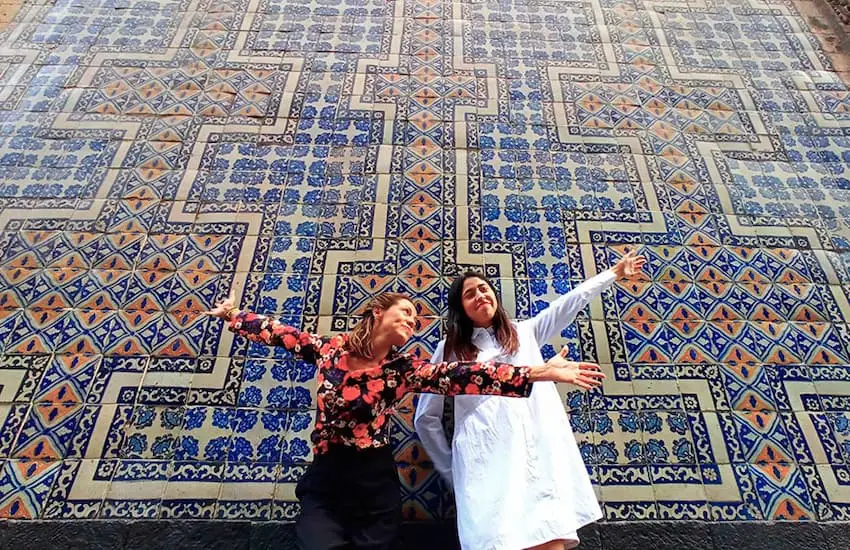
What is it: Legend has it that the son of a wealthy 16th Century viceroy built this house to prove his worth to an ever-disapproving father. The facade is covered with countless hand-crafted Talavera tiles from Puebla and is popular for visitors to casually lean against while looking nonchalantly to their right so the optimal, and obviously spontaneous, profile picture can be snapped by a friend on standby with an iPhone.
(I cannot tell a lie. It’s a great shot.)
Where to take your photo: Inside this magnificent palace is none other than a Sanborns restaurant. And believe me when I tell you, it’s stunning. Reserve a table for their famous breakfast so you can first dine on fresh juice and huevos rancheros and then peruse the majestic interior.
Chapultepec castle (Castillo de Chapultepec)

What is it: It’s the only royal castle in all of North America and was home to Hapsburg Emperor Maximilian I and Empress Carlota. In pop culture, it was used while filming Baz Luhrmann’s 1996 adaptation of Romeo + Juliet, starring Leonardo DiCaprio and Claire Danes.
Where to take your photo: Tour the historical museum, for starters. At the top, there is a black-and-white tiled balcony with sweeping views of the city. Position yourself in the front of the castle to snag a perfectly angled capture of Avenida Reforma. Legend has it that Carlotta would sit on this very balcony, watching her husband ride his horse to work on what was then a newly constructed super-highway that led from the suburbs to the city.
There you have it! Not only will you hit the biggest sights in CDMX, but you’ll also have a photo journal to boot. Share with your friends or flip through it when you feel like reminiscing about your visit to what is surely one of the world’s most fascinating cities.
Bethany Platanella is a travel planner and lifestyle writer based in Mexico City. She lives for the dopamine hit that comes directly after booking a plane ticket, exploring local markets, practicing yoga and munching on fresh tortillas. Sign up to receive her Sunday Love Letters to your inbox, peruse her blog, or follow her on Instagram.
